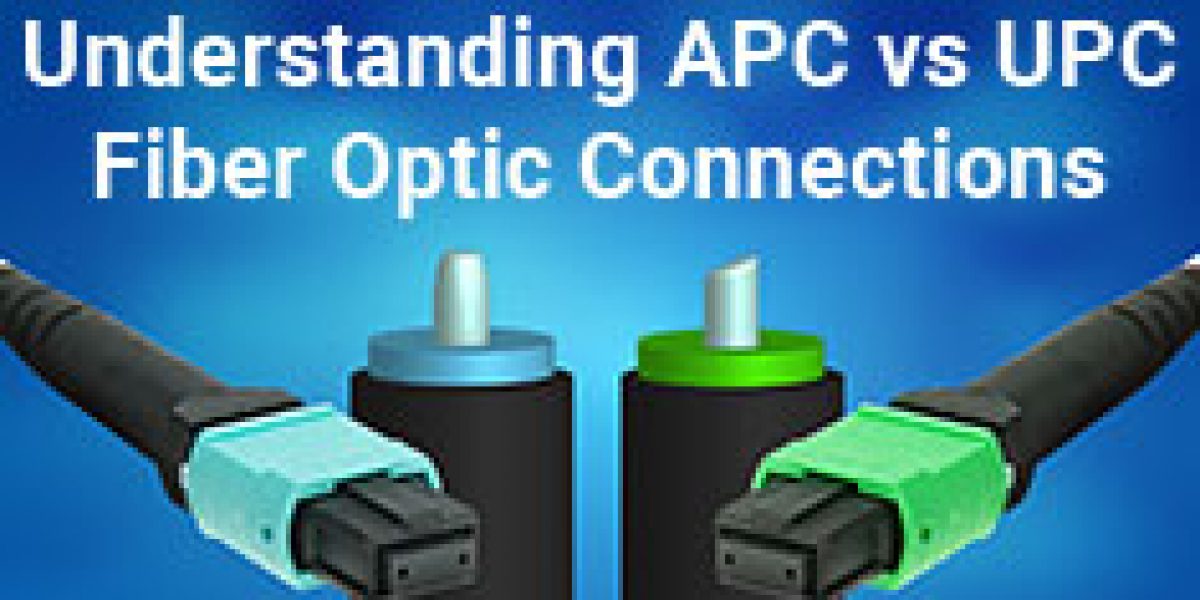FIBER POLISH BY TYPE & APPLICATION
GigaTech Products is committed to providing our customers with the right product for every application. With the rapid development of fiber networks, the fiber connector has become an essential option in the design of data center, telco, and private networks. When describing fiber connectors, we often use terms like “LC UPC simplex single-mode fiber connector” or “SC APC simplex single-mode fiber connector.” Understanding what UPC and APC stand for and the differences between the two in relation to their applications is essential to ensuring optimal performance in your network environment
Ultra Physical Contact Connector (UPC)
UPC (Ultra Physical Contact) is the most commonly used connector and currently dominates the networking market. By polishing the ends of the connectors to an even finer curve than the now outdated PC (Physical Contact) connectors, these greatly reduce the amount of light reflected and allow for more reliable signal transmissions.

Angled Physical Contact Connector (APC)
APC (Angled Physical Contact) connectors are similar to the UPC connectors but are angled by eight degrees at the endface contact. This allows for an even tighter connection as nearly all light that gets redirected back to the source is reflected into the outer fiber cladding instead of the core. These high precision connectors only reflect about 0.0001% of light making it ideal for lengthy runs to reduce loss. The APC is only used for singlemode applications as they can only mate with another APC connector and the predominance of UPC in multimode applications makes APC a niche connector.

Differences between UPC and APC
APC is a higher quality polish used with connectors today. With a UPC connector, light is reflected straight back to the light source. However, with an APC connector, light is reflected at an angle into the outer cladding layer rather than straight back towards the light source. The difference in the angle of reflected lights brings about different return loss values. The return loss is a measurement of reflected light that is expressed as a negative dB value. Industry standards recommend that UPC connector return loss should be -50 dB or greater, while APC connector return loss should be -60 dB or greater
| Connector Polish | Nominal Reflectance (dB) | Nominal Reflectance (%) |
| FLAT (Discontinued) | -20 dB | 1% |
| PC (Discontinued) | -40 dB | 0.01% |
| UPC | -50 dB | 0.001% |
| APC | -60 dB or higher | 0.0001% |
UPC (-0.75dB max / 0.5dB average) has about half the insertion loss of APC (-0.3dB max / 0.1dB average).
-0.3dB insertion loss ≈ 1.2km distance loss
-0.75dB insertion loss ≈ 3km distance loss
APC is only utilized in singlemode mode applications. The only transceivers that utilize APC polish are singlemode QSFP+ or QSFP28 with MTP connections. APC connections can also be utilized in patch panels, cassettes, mux/demux, and other systems that are pre-terminated with APC. This is important to note as APC can only be mated with another APC device. Mating a UPC and APC device will result in destroying both connectors. An APC connector can be recognized by their industry standard green

